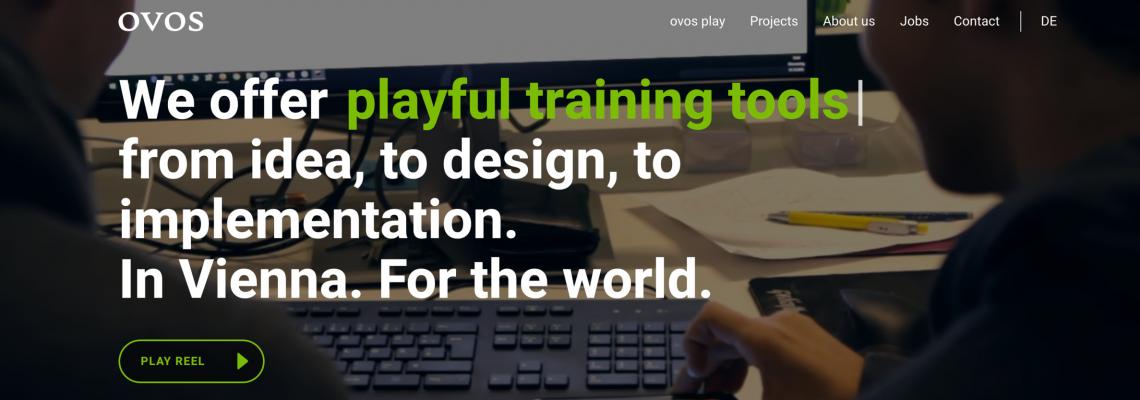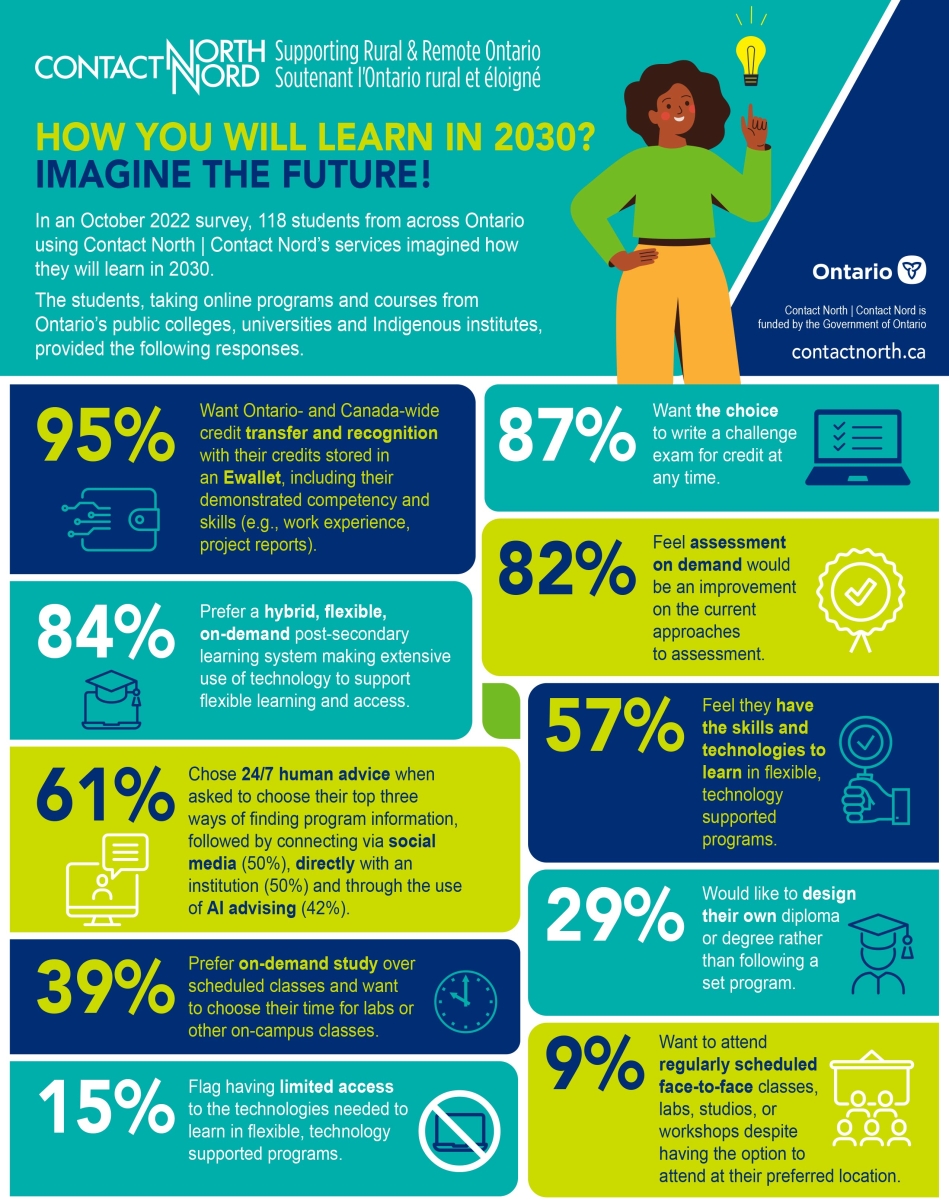OER = Open Educational Resources?
OER = Obsolete Educational Resources?
OER = Open, Evolving, Responsive?
For two decades, OER has stood for Open Educational Resources, a rallying cry for access, equity and the dismantling of barriers to knowledge. Yet in the shadow of artificial intelligence, some critics warn that OER may risk slipping into a new definition: Obsolete Educational Resources, static and slow to adapt in a world of real-time, intelligent content generation.
Rather than consigning OER to irrelevance, AI offers a chance to reimagine the acronym and the opportunity itself. The next wave could be OER as Open -Evolving – Responsive — resources that remain rooted in the values of openness but now dynamically adapt, translate and personalize through AI. In this reframing, OER is not eclipsed but transformed, shifting from a noun that names a product to a verb that describes a living, responsive process of learning.
OER’s promise and stall
The 2012 Paris OER Declaration and subsequent global summits, like the 2017 Ljubljana OER Congress, collectively galvanized the world’s education systems around open practices. Governments and universities, especially in the Global South, were encouraged to create, adapt and share freely licensed textbooks, curricula, media and tools. This openness was championed as a force for equity, cost reduction, pedagogical innovation and adaptive teaching.
In practice, progress has been steady but sluggish. Awareness of OER among faculty and administrators climbed over the last decade: 62% of faculty and 78% of administrators now recognize the financial burden of traditional textbooks on students, and 64% of faculty were familiar with OER in 2023 — up from the previous year. However, actual adoption remains modest: only 29% of faculty used OER as required course materials in 2022–23 — up from 15% just a few years prior but still far from mainstream. Most OER adoption is concentrated in disciplines with already available content or among faculty predisposed to innovation.
Barriers persist. The creation and ongoing maintenance of OER require significant investment of time and expertise, and incentives such as tenure, recognition and funding are scarce. Distribution and discovery mechanisms are fragmented. Many faculty feel commercial textbooks — despite the cost — are more readily accessible, reliable and current, while OER initiatives too often rely on individual champions rather than systemic support.
Even in Canada, where the government played an active role, OER uptake has faced similar challenges. The UNESCO-COL partnership led to policy development, but the spread and impact of OER in sustaining, scalable ways has been difficult.
AI changes the game
The emergence of generative AI — tools like ChatGPT, Gemini, and specialized education platforms — radically alters the landscape. These tools can produce, curate and personalize learning resources on demand, often with a level of granularity and adaptation that’s impossible for static OER.
AI impacts educational resources in several ways:
- Automated content generation: AI can craft explanations, generate quizzes, summarize research and even tailor examples to specific student backgrounds in real time — tasks that previously took weeks or months of editorial labour.
- Personalization: By leveraging student data, AI adapts resources on the fly, providing differentiated or scaffolded materials without requiring a team of specialized instructional designers.
- OER curation and enhancement: Rather than replacing OER, AI can scour vast repositories, translate, update and remix content, lowering the barrier for faculty to adopt and adapt materials.
- Zero textbook cost at scale: The original promise of OER — removing the high cost of textbooks — becomes trivial when AI can produce instantly customizable, high-quality content at no additional cost to the student or institution.
Why static OER can’t compete
If OER was about content liberation, AI is about content evolution. AI’s capacity for contextual, just-in-time resource delivery renders the static, pre-produced OER of yesterday less relevant. Why search for an open textbook, download, vet and localize it when an AI can generate a contextually appropriate explanation or assignment in seconds, aligned with curricular requirements and learner profiles?
Moreover, AI dissolves the “production bottleneck” that has limited OER-scale adoption. No longer must faculty or institutions work piecemeal to create static resources; instead, AI-generated libraries can be as dynamic and up-to-date as the knowledge they’re built on.
Importantly, the open/closed dichotomy that defined the OER discourse is blurring with AI. Many AI models and remix engines are built on open-source frameworks, but the data and models themselves increasingly transcend traditional licensing discussions.
The future of OER with AI
The values at OER’s heart — equity, participation, adaptability — remain as important as ever. But the tools for realizing those values are changing. The advocates of the past decade who championed OER must now wrestle with new challenges: ensuring AI models are built equitably, respecting copyright and avoiding the perpetuation of bias and misinformation.
In practice, the future is unlikely to be a wholesale replacement of OER with AI, but rather a fusion: OER as a rich data source for AI to draw on and extend; AI as the engine to make open education truly adaptive, inclusive and just-in-time. Faculty, students and policymakers must now focus less on “adopting” a static resource and more on cultivating literacies for teaching, learning and critiquing with AI.
OER began as a movement to democratize content in a world of scarcity and gatekeepers. AI, by contrast, presumes abundance and upends traditional models of authorship, curation and even pedagogy. In the coming decade, the measure of progress may not be the count of open textbooks in use, but our ability to harness AI to expand access, customize learning and continue the original OER vision — at a scale and pace that was previously unimaginable.



